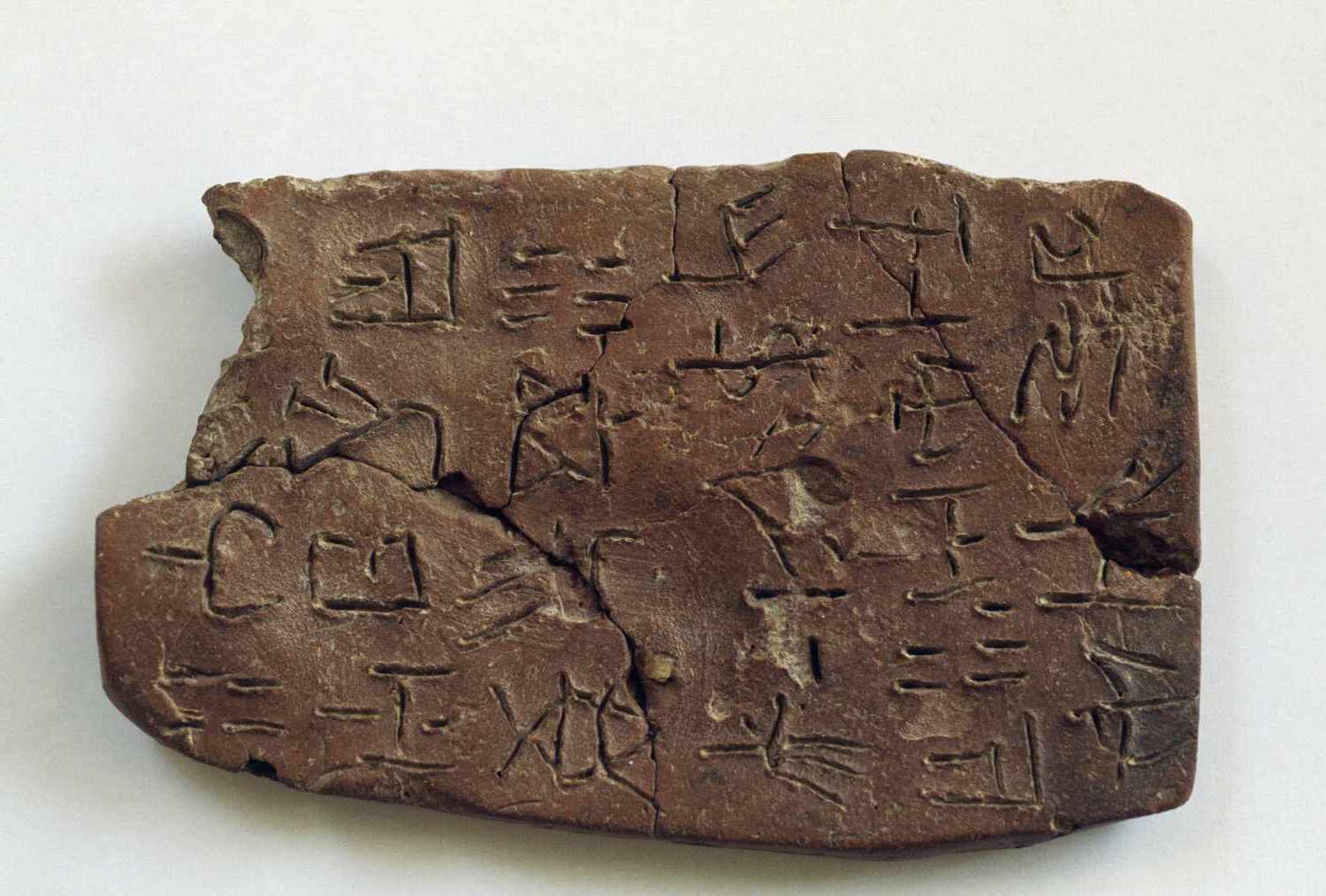
What is Linear A? Linear A is an ancient script used by the Minoan civilization on Crete from around 1800 to 1450 BCE. Unlike its successor, Linear B, which was deciphered as an early form of Greek, Linear A remains a mystery. Why is it important? This script holds clues to understanding the Minoan language and culture, which thrived during the Bronze Age. Where was it found? Archaeologists discovered Linear A inscriptions on clay tablets, pottery, and other artifacts across Crete and some Aegean islands. What makes it unique? Its undeciphered status and the glimpse it offers into a lost civilization make Linear A a captivating subject for historians and linguists alike.
Key Takeaways:
- The Linear A script was an ancient writing system used by the Minoan civilization on Crete. It remains a mystery because it has not been fully deciphered, adding to its intrigue and fascination for historians and linguists.
- Linear A inscriptions have been found on clay tablets, pottery, and stone in various locations, primarily on the island of Crete but also in other parts of the Aegean. The script consists of around 90 different symbols and includes both syllabic and ideographic elements.
What is Linear A?
Linear A is an ancient script used by the Minoan civilization on Crete. It remains one of the most mysterious writing systems from antiquity. Here are some intriguing facts about this enigmatic script.
- Linear A was used primarily between 1800 and 1450 BCE.
- The script was discovered by archaeologist Sir Arthur Evans in the early 20th century.
- Linear A is considered a syllabic script, meaning each symbol represents a syllable.
- It was used for administrative and religious purposes.
- The script has been found on clay tablets, pottery, and stone inscriptions.
The Mystery of Linear A
Despite extensive research, Linear A has not been fully deciphered. This has led to much speculation and fascination among historians and linguists.
- Linear A is believed to be the precursor to Linear B, which was used by the Mycenaeans.
- Unlike Linear B, which has been deciphered, Linear A remains largely unreadable.
- The language represented by Linear A is unknown, adding to its mystery.
- Some scholars suggest it may represent a pre-Greek language.
- Efforts to decode Linear A continue, with new discoveries occasionally shedding light on its structure.
Where Linear A Has Been Found
Linear A inscriptions have been discovered in various locations, primarily on the island of Crete but also in other parts of the Aegean.
- The majority of Linear A tablets have been found at the palace of Knossos.
- Other significant finds include the sites of Phaistos, Malia, and Zakros.
- Inscriptions have also been discovered on the islands of Thera and Kea.
- Some Linear A artifacts have been found as far away as mainland Greece.
- These widespread finds suggest the Minoans had extensive trade networks.
The Structure of Linear A
Understanding the structure of Linear A is crucial for deciphering it. Scholars have made some progress in identifying its components.
- Linear A consists of around 90 different symbols.
- Some symbols are similar to those in Linear B, indicating a possible connection.
- The script includes both syllabic and ideographic elements.
- Ideograms in Linear A represent objects or concepts rather than sounds.
- The direction of writing is typically left to right, similar to modern scripts.
Theories and Speculations
Numerous theories exist about the origins and purpose of Linear A. These theories reflect the ongoing fascination with this ancient script.
- Some researchers believe Linear A may have been influenced by earlier writing systems from the Near East.
- Others suggest it could be related to the undeciphered script known as Cretan Hieroglyphs.
- There is speculation that Linear A was used for ritualistic purposes, given its presence in religious contexts.
- The script's undeciphered status has led to various fringe theories, including connections to lost civilizations like Atlantis.
- Despite the mysteries, Linear A provides valuable insights into the Minoan civilization and its complexities.
The Enigma of Linear A
Linear A remains one of history's most intriguing puzzles. Despite countless hours of research, scholars still haven't fully deciphered this ancient script. Its mysterious symbols offer a glimpse into the Minoan civilization, yet much about their language and culture remains hidden. This script, used primarily for religious and administrative purposes, shows the complexity and sophistication of the Minoans.
Efforts to decode Linear A continue, with researchers comparing it to other ancient scripts like Linear B and Egyptian hieroglyphs. Each new discovery brings us a step closer to understanding this ancient language. The quest to unlock its secrets not only enriches our knowledge of the past but also fuels our curiosity about human history. Linear A serves as a reminder of the many mysteries still waiting to be uncovered in our world.
Frequently Asked Questions
Was this page helpful?
Our commitment to delivering trustworthy and engaging content is at the heart of what we do. Each fact on our site is contributed by real users like you, bringing a wealth of diverse insights and information. To ensure the highest standards of accuracy and reliability, our dedicated editors meticulously review each submission. This process guarantees that the facts we share are not only fascinating but also credible. Trust in our commitment to quality and authenticity as you explore and learn with us.


